cartilage is an elastic support tissue especially of the joints but also of other parts of the body. It is characterized by the resistance of the cartilage to mechanical influences. Anatomically remarkable is the lack of any blood flow or innervation in the cartilage.
What is cartilage
cartilage is a connective tissue that fulfills support and retention functions in the body. Doctors distinguish 3 different basic types:
- Hyaline cartilage: Extremely pressure-stable and elastic cartilage, especially of the joints. In addition, hyaline cartilage forms the support rings of the trachea and bronchi as well as the basic shape of the larynx and parts of the nasal skeleton.
- Fibrous cartilage: Cartilage of the intervertebral disc rings and meniscus that is resistant to tension and pressure. In addition, fiber cartilage forms parts of the shoulder and jaw joints and the pubic symphysis (pelvis).
- Elastic cartilage: Cartilage with a very flexible consistency. The auricle and parts of the auditory canal as well as the epiglottis are made of elastic cartilage.
Anatomy & structure
cartilage consists for the most part of its volume from a mass in which only a few cells are embedded. Special cartilage cells, the chondrocytes, produce the basic substance of the tissue.
That is why we speak of a “cartilage matrix”. This matrix is made up of proteins such as fibrous collagen and elastin, which has a sheet structure. In addition, connections between protein and carbohydrates are involved, so-called "proteoglycans", the most important of which is hyaluronic acid.
Cartilage is not traversed by nerves or blood vessels. The few cells are supplied with oxygen and nutrients by "infiltration" of tissue fluid, physically referred to as "diffusion". The cartilage skin, the perichondrium, carries nutrients from the outside. At the coating of the joints and in the fibrous connective tissue, this type of supply is missing in the cartilage.
Function & tasks
cartilage is part of the skeleton and thus serves to maintain the body shape. But mobility also enables the tissue, which also has to cushion loads.
The main prerequisite for this is elasticity: pressure may also be exerted and lead to a short-term deformation, healthy cartilage will always find its way back to its original shape. This becomes very clear when you consider the auricles and the nose. Despite its excellent elasticity, cartilage is extremely stable. This can be seen in the joints, where pressure and friction create enormous stress.
The ankle, knee and hip joints have to cushion the impacts when walking and running without splitting the bone. The cartilage even has to withstand the bending movements of the spinal column: the connection between the vertebrae are also joints, the cartilage of which is the fibrous ring of the intervertebral disc that envelops the gelatinous nucleus of the intervertebral disc.
The flexible cartilage fulfills several functions in the larynx. Because the cartilaginous "larynx" supports swallowing and can close the airways with a lid. The larynx also houses the vocal cords, which is why the ability to speak also results from an organ made of cartilage.
Illnesses & ailments
cartilage As a heavily stressed fabric, it is very susceptible to signs of wear and tear. Of course, this phenomenon increases with age and is a normal process when the thinning of the cartilage layer occurs evenly.
Long-term, one-sided stress, however, leads to uneven wear and thus to osteoarthritis. The cartilage-bearing bones are always involved. The causes are often overweight or heavy physical work. Joint misalignments also play a role. In addition to these chronic forms, short-term force injuries also occur. This often happens in sports accidents.
The herniated disc is also clinically relevant, in which the cartilaginous fibrous ring ruptures and the core of the disc emerges. The resulting pressure on nerves or the spinal cord leads to severe pain and even paralysis. Cartilage softening or chondromalacia is one of the autoimmune diseases and thus rheumatic. The knee joint is mainly affected by this. The joint damage often turns into joint inflammation (arthritis).
Tietze syndrome is also an inflammatory cartilage disease: the cartilaginous seams between the sternum and ribs can even break as a result of the inflammation. If only the cartilage is diseased, it is called chondrosis. Today, these diseases are largely classified as “osteochondrosis”, because mostly it is a joint disorder of bones and cartilage.

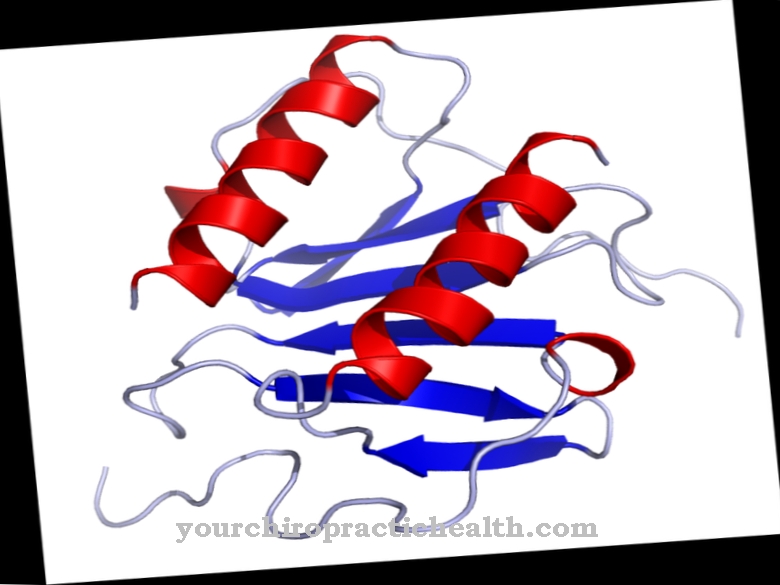
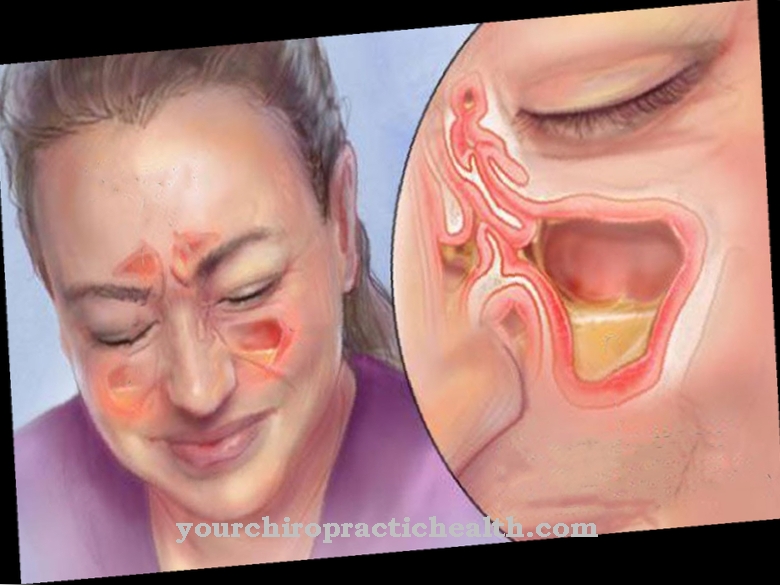
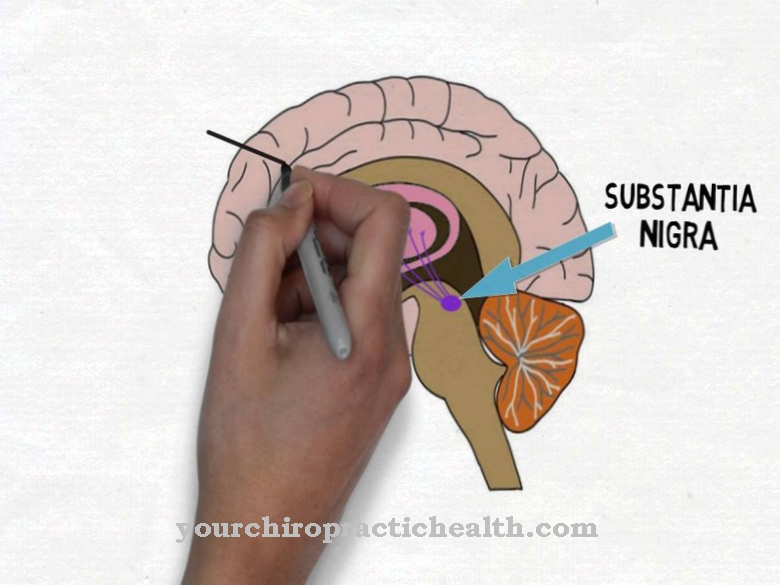

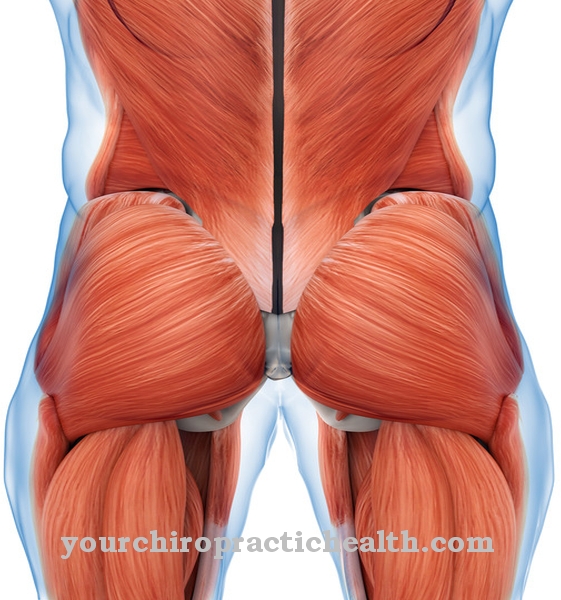
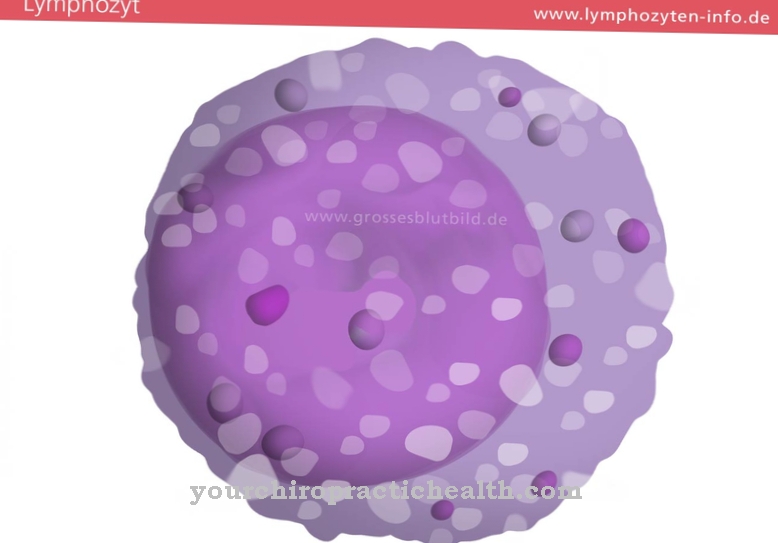





.jpg)



.jpg)










.jpg)
